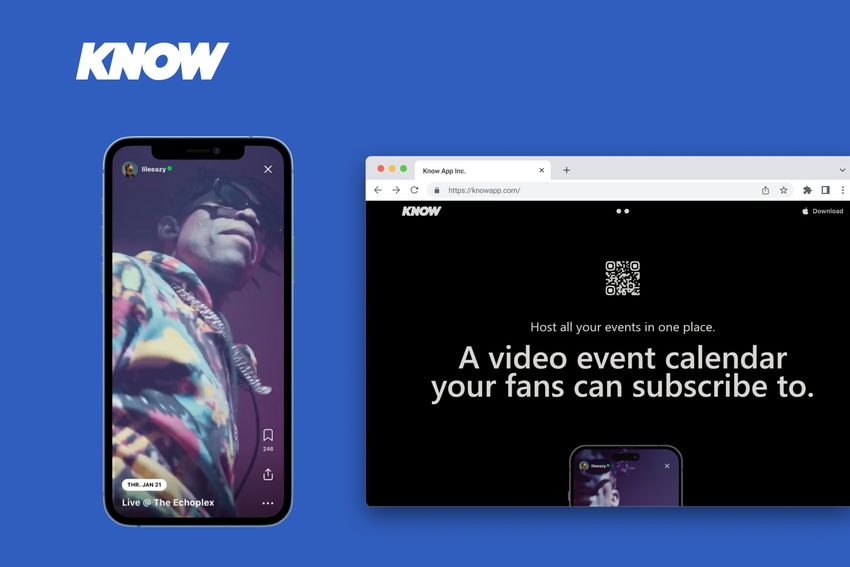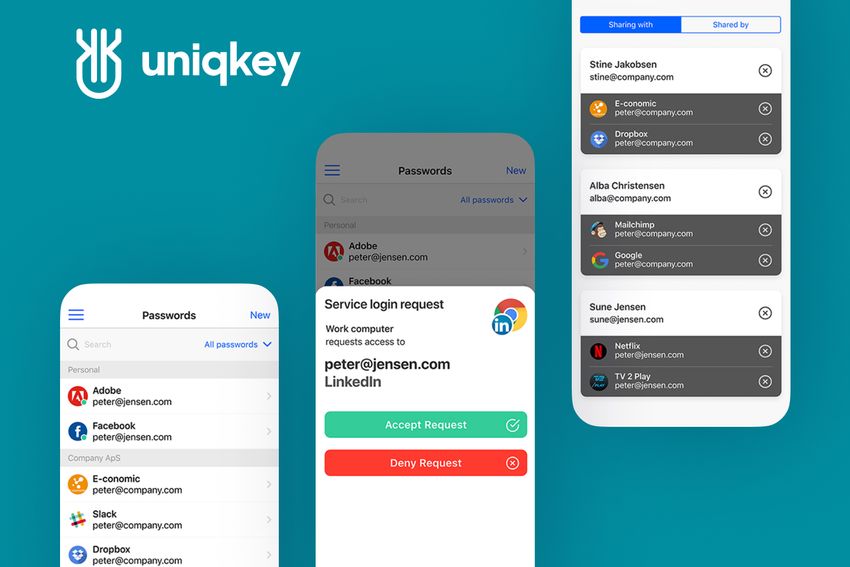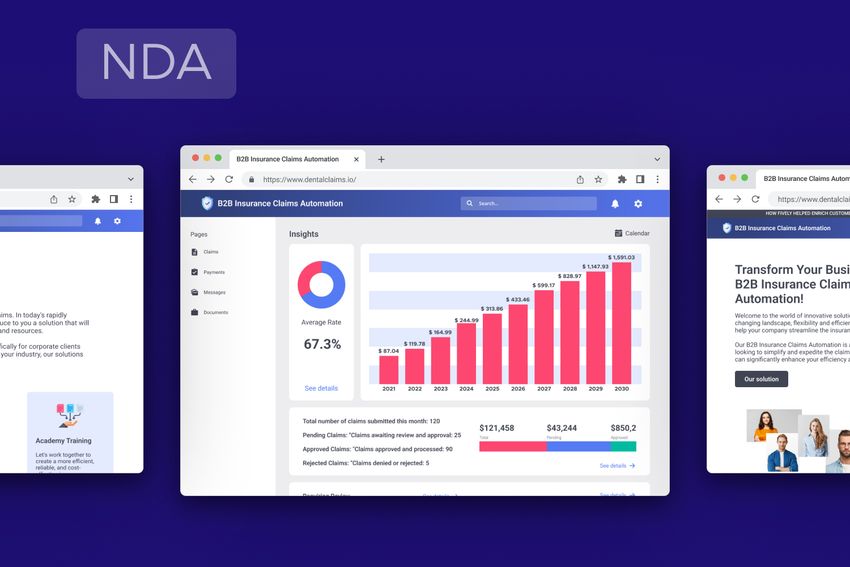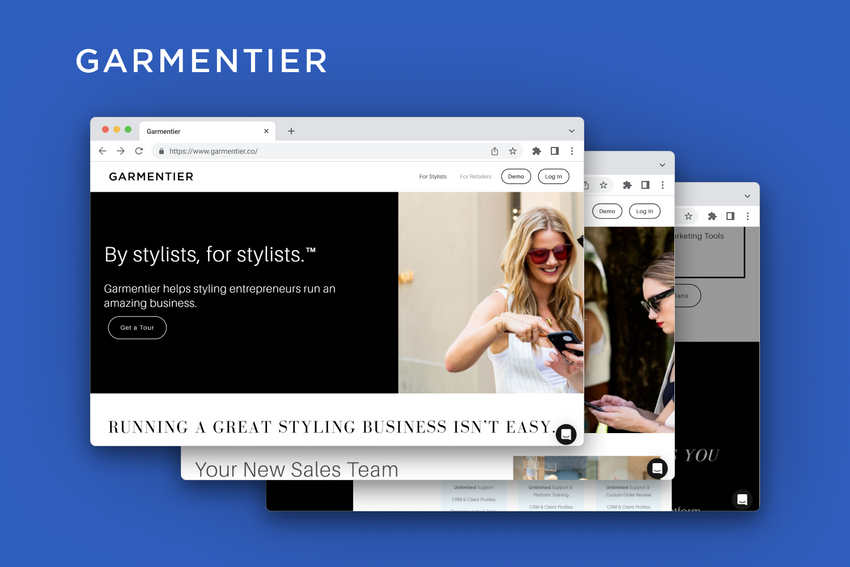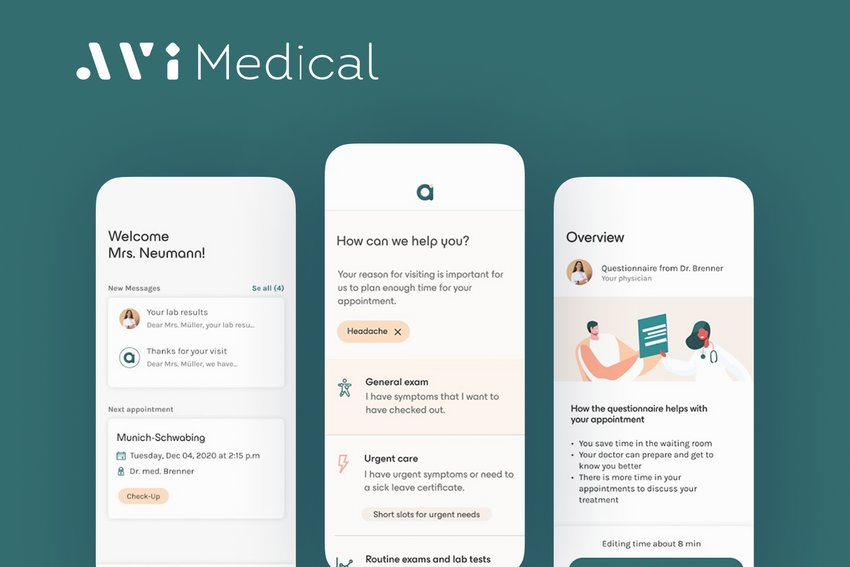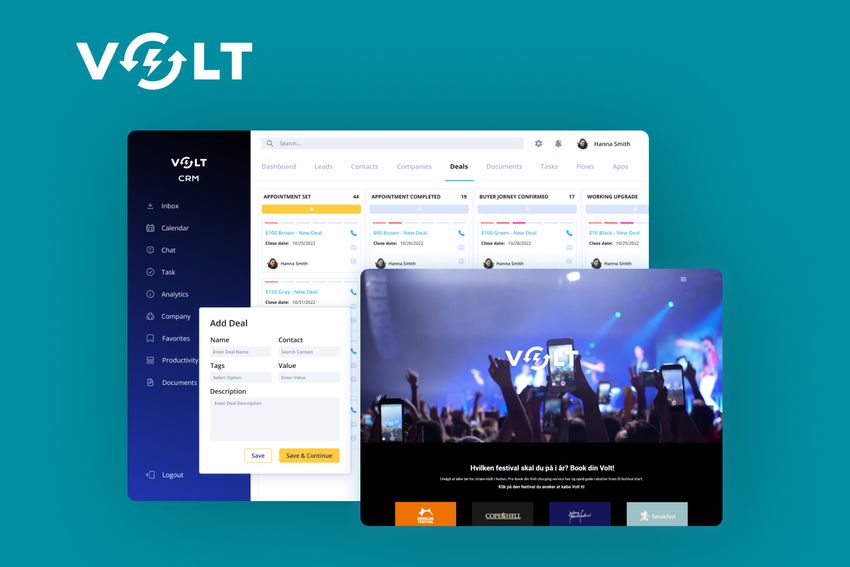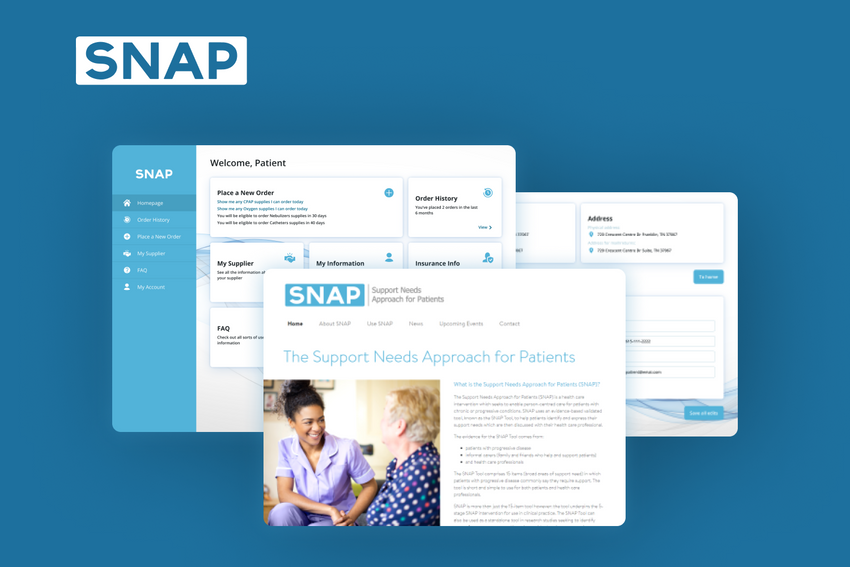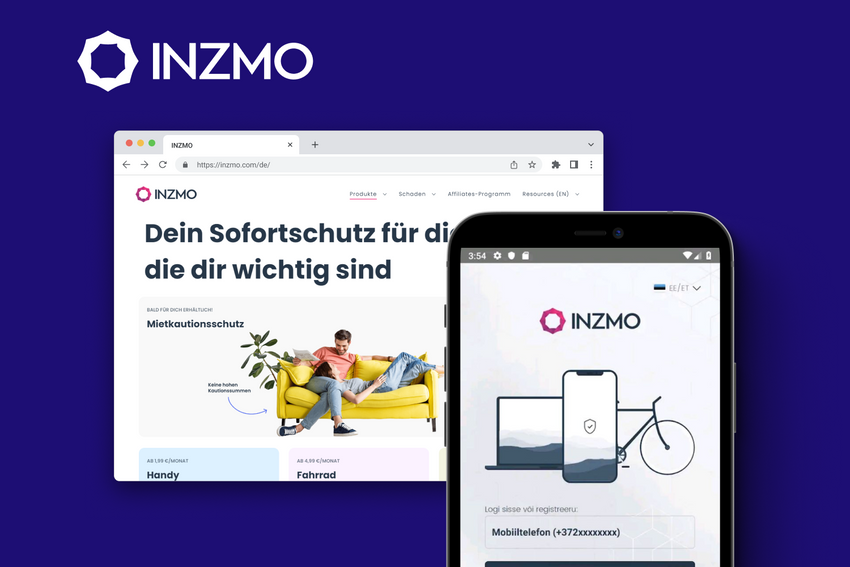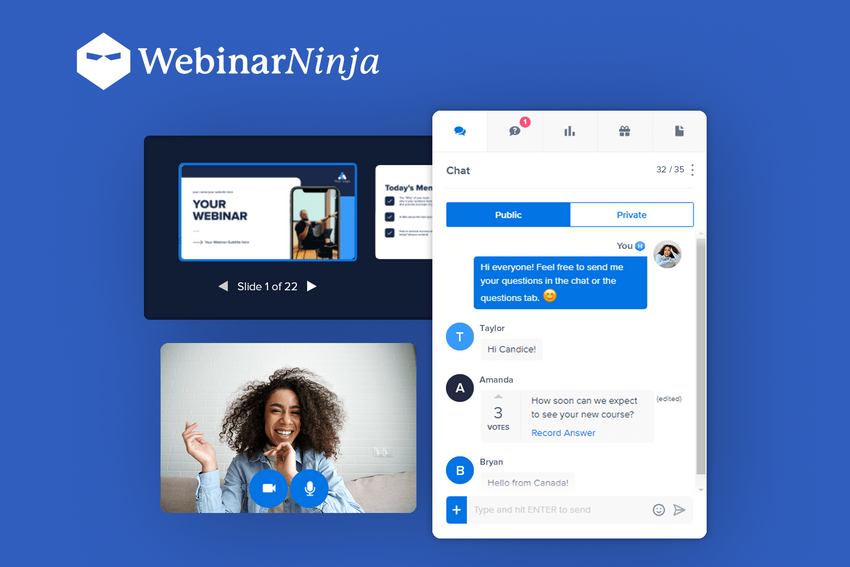Software Development Cost in 2025: What’s Driving the Price Tag
See how much software development costs in 2025, what factors influence pricing, how to reduce expenses, and how to find the right partner for efficient software delivery.
The cost of software development in 2025 is evolving faster than ever, shaped by AI-driven automation, remote collaboration, and shifting global talent markets. Whether you’re a startup planning your MVP or an enterprise scaling a digital ecosystem, understanding what drives development costs is critical to making smart investments.
In this guide, we’ll break down the key factors, pricing models, and real cost ranges that define software development in 2025, so you can plan with clarity and confidence.
All costs (projects and rates) in this article are started according to industry averages and may vary from case to case, so always check the final price with your software vendor.
Key Factors That Make Up Software Development Price
The total cost depends on multiple interconnected factors — from the app’s type and design complexity to the team’s structure, location, and collaboration model. Understanding this helps you predict key cost factors more accurately and plan budgets smarter.
1. Application Type
Different applications require various levels of complexity, integrations, and testing. The chosen type of software development directly affect the budget:
- App type itself: A landing page or MVP costs far less than a multi-platform enterprise syste;
- Complexity of the features: Authentication, AI, analytics, and real-time data processing increase development hours;
- Platform and integration requirements: Multi-platform solutions (web, mobile, desktop) and integrations with third-party APIs or CRMs affect the cost.
2. Architecture and UI Design
The foundation and interface of your app determine both performance and usability: complex, microservices-based architecture costs more than monolithic systems, while custom UI/UX design with animations, responsive layouts, and accessibility adds hours but enhances user experience and engagement.
3. Technology
The choice of technology stack impacts both performance and cost.
- Frontend: React, Vue, or Angular vary in development speed and ecosystem.
- Backend: Node.js, Python, or Go have different costs due to talent availability and scalability.
- Databases & cloud services: Using AWS, Azure, or GCP adds hosting and maintenance costs.
4. Development Team Size and Roles
A full development team typically includes several roles — each contributing differently to the cost structure.
5. Team Location
Engineers location, project time and cost of software development according to the geographic location plays a major role in pricing. Development rates vary drastically across regions.
6. Collaboration Model With Your Outsourcing Partner
Your chosen cooperation model defines not just the workflow — but also how software project costs are structured and managed.
7. Software Support and Maintenance
After release, ongoing maintenance ensures stability and scalability: it includes bug fixes, feature updates, cloud optimization, and security patches and typically costs 15–25% of the initial development budget annually.
Neglecting maintenance leads to higher long-term costs due to performance degradation and security risks.
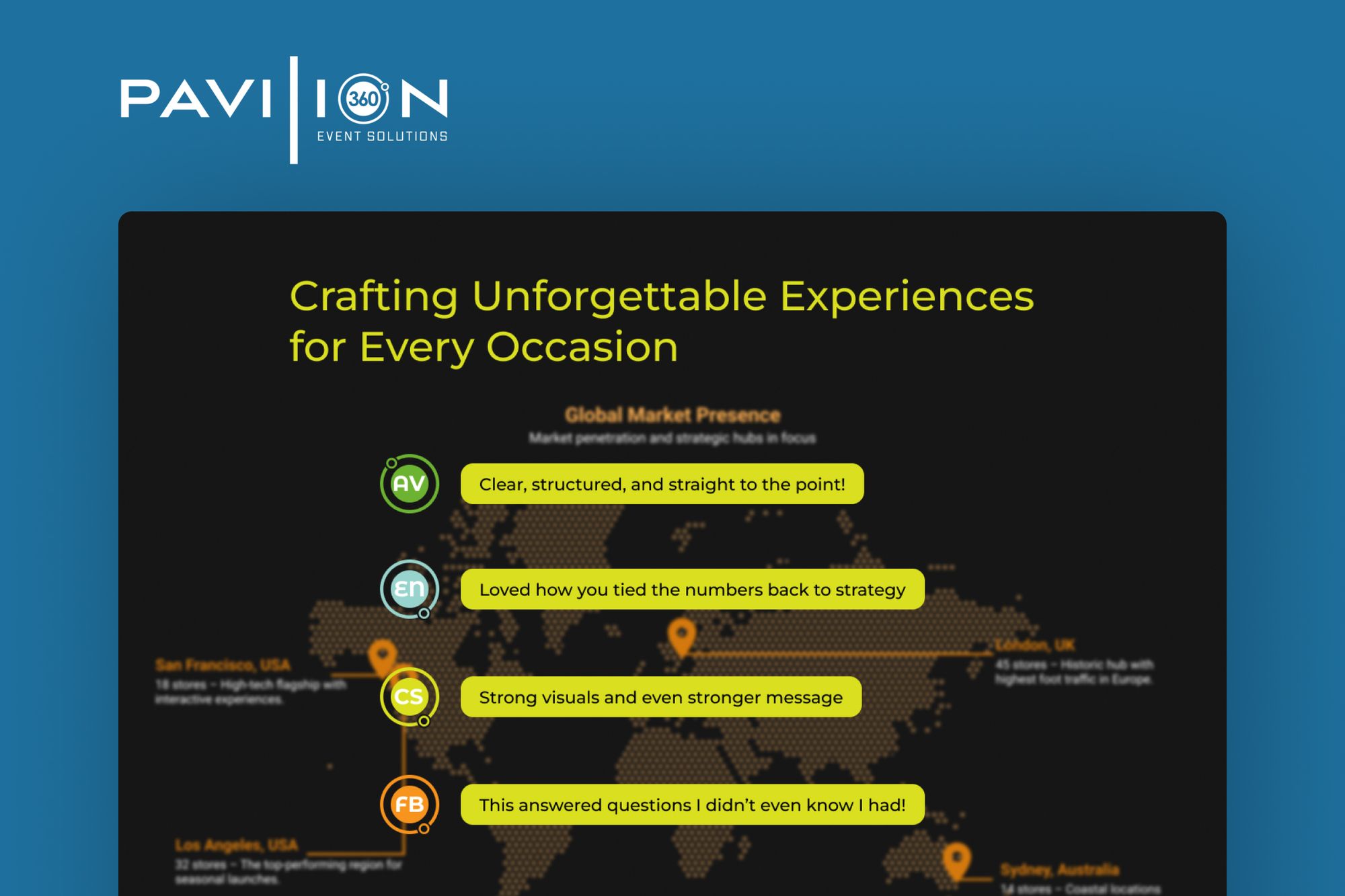
Tips to Reduce Software Development Costs
Developing software doesn’t always have to drain your budget — the key is building smarter, not cheaper. Here are proven strategies to optimize your software cost without compromising quality.
Tip 1: Embrace Open-Source Software Solutions
Leverage open-source frameworks, libraries, and tools instead of building every component from scratch. Frameworks like React, Django, and Laravel drastically shorten development time and cut licensing fees. Just ensure your team follows compliance rules for open-source usage and contributes responsibly to avoid legal risks.
Tip 2: Minimize Third-Party Integrations
Third-party APIs can accelerate development but often come with subscription fees or usage limits. Audit which integrations are truly essential and replace paid APIs with open alternatives when possible. This approach helps control long-term maintenance and scaling costs.
Tip 3: Simplify Design
A clean, user-friendly design can save weeks of work compared to pixel-perfect animations or micro-interactions. Build software focusing on usability first — you can always enhance aesthetics later once your MVP gains traction. Prioritize clarity, accessibility, and fast performance over visual excess.
Tip 4: Prioritize Features and Build an MVP First
Instead of trying to deliver a full-featured platform at once, start with a Minimum Viable Product (MVP) that validates your core idea. This lets you test user reactions, attract investors, and iterate based on feedback. You’ll avoid spending resources on features users might not need.
Tip 5: Hire Dedicated Developers
Outsourcing to a dedicated team can be far more cost-effective than hiring full-time local staff. A dedicated model ensures you pay only for productive hours while retaining full control and communication. It also allows easy scaling — expand or reduce the team as your project evolves.
Latest Software Development Trends in 2025
As technology evolves, so do the strategies, tools, and priorities that shape software development process. In 2025, the industry continues to be driven by AI, automation, low-code/no-code platforms, and cloud-native development — all aimed at speeding up delivery while keeping software costs predictable.
AI and Automation in Development
Artificial Intelligence is no longer a buzzword — it’s a standard in modern development pipelines. AI-driven tools now assist developers with code generation, testing, and debugging, cutting development time and human error. Automated QA and CI/CD systems enable continuous delivery with fewer manual steps. According to common vendor reports, companies integrating AI-powered assistants (like GitHub Copilot or Tabnine) are seeing 20–40% faster feature delivery and more consistent code quality.
Low-Code/No-Code Solutions
Low-code and no-code platforms empower businesses to build apps faster without deep engineering involvement. These tools are ideal for prototyping MVPs, internal automation, or extending existing systems with minimal cost. In 2025, even complex enterprise-grade systems use low-code components to accelerate time-to-market while maintaining flexibility for future scaling.
Cloud-Native Development
Cloud-native architecture has become the foundation for scalable, high-performing applications. By using microservices, containers (Docker, Kubernetes), and serverless databases, companies reduce infrastructure overhead while ensuring resilience and agility. Cloud-native model allows teams to deploy globally, adapt to workload spikes instantly, and cut infrastructure costs by paying only for what they use.
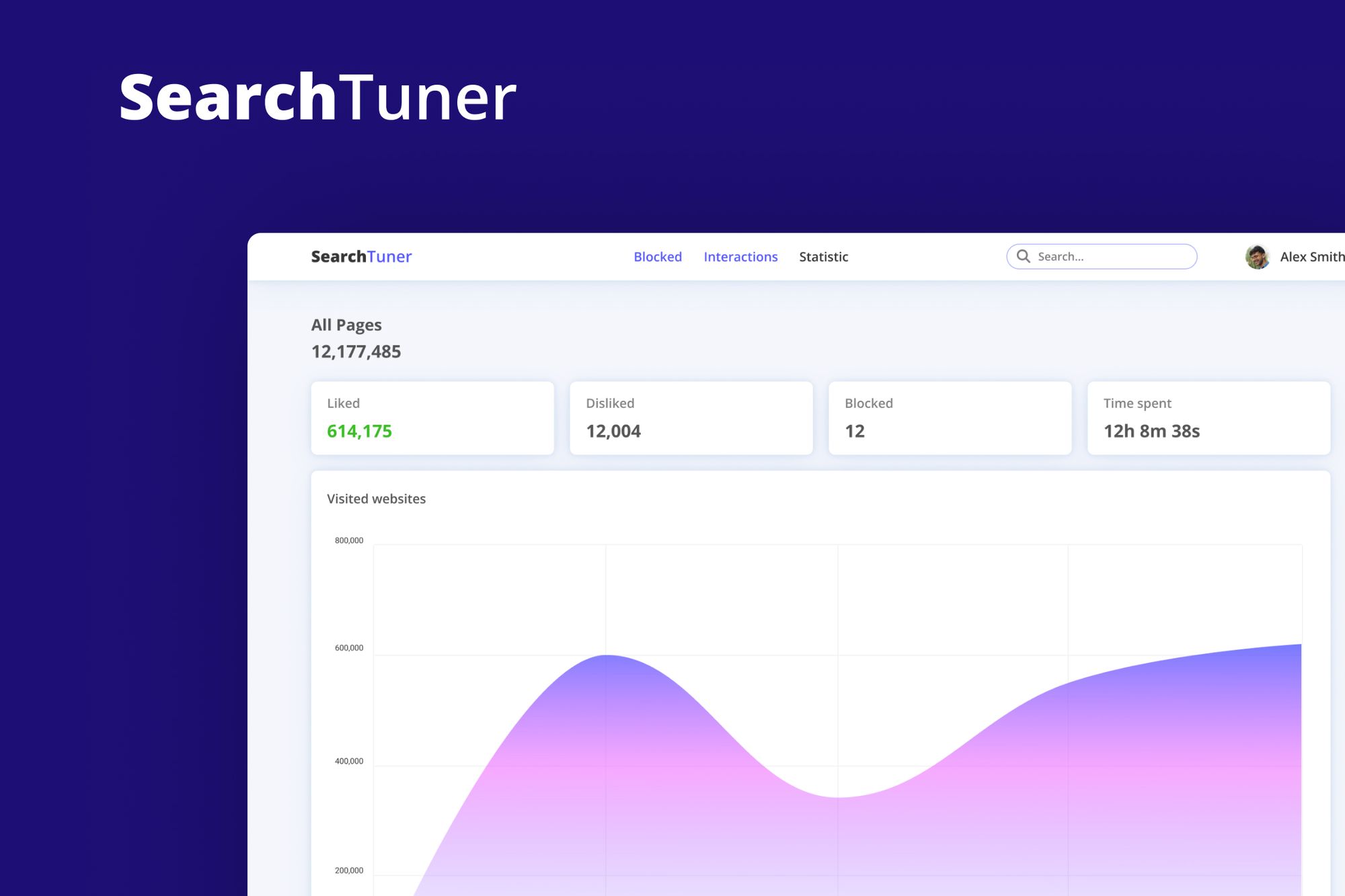
Custom Software Development Cost Estimation at Fively
At Fively, we believe custom software development costs should be transparent, predictable, and flexible enough to match each client’s business needs. That’s why we offer three primary engagement models — each designed to provide the right balance between control, scalability, and budget efficiency.
Then, we follow a clear, structured process to provide accurate project estimates tailored to each client’s needs. Once you reach out to us, our team gets to work right away:
- Discovery Call: We’ll schedule a short meeting to learn more about your product idea, business goals, target audience, and technical expectations.
- Analysis: Based on your input, our experts assess functionality, architecture, and required resources — identifying the best technologies and delivery approach.
- Estimation: Within 5–7 business days, you’ll receive a detailed project estimate with timelines, team composition, and, if relevant, a preliminary architecture outline.
- Next Steps: Once you approve the estimate, we’ll suggest the most efficient engagement model — fixed price, hourly rate, or dedicated team — and move forward with development planning.
This transparent and data-driven approach ensures that every client gets a realistic, risk-free start with no surprises later in the process.
Fively’s team helps you choose the optimal pricing model during the discovery phase, balancing cost, timeline, and feature expectations. No matter the model, we provide full transparency — detailed estimates, milestone tracking, and continuous reporting so you always know where your budget goes.
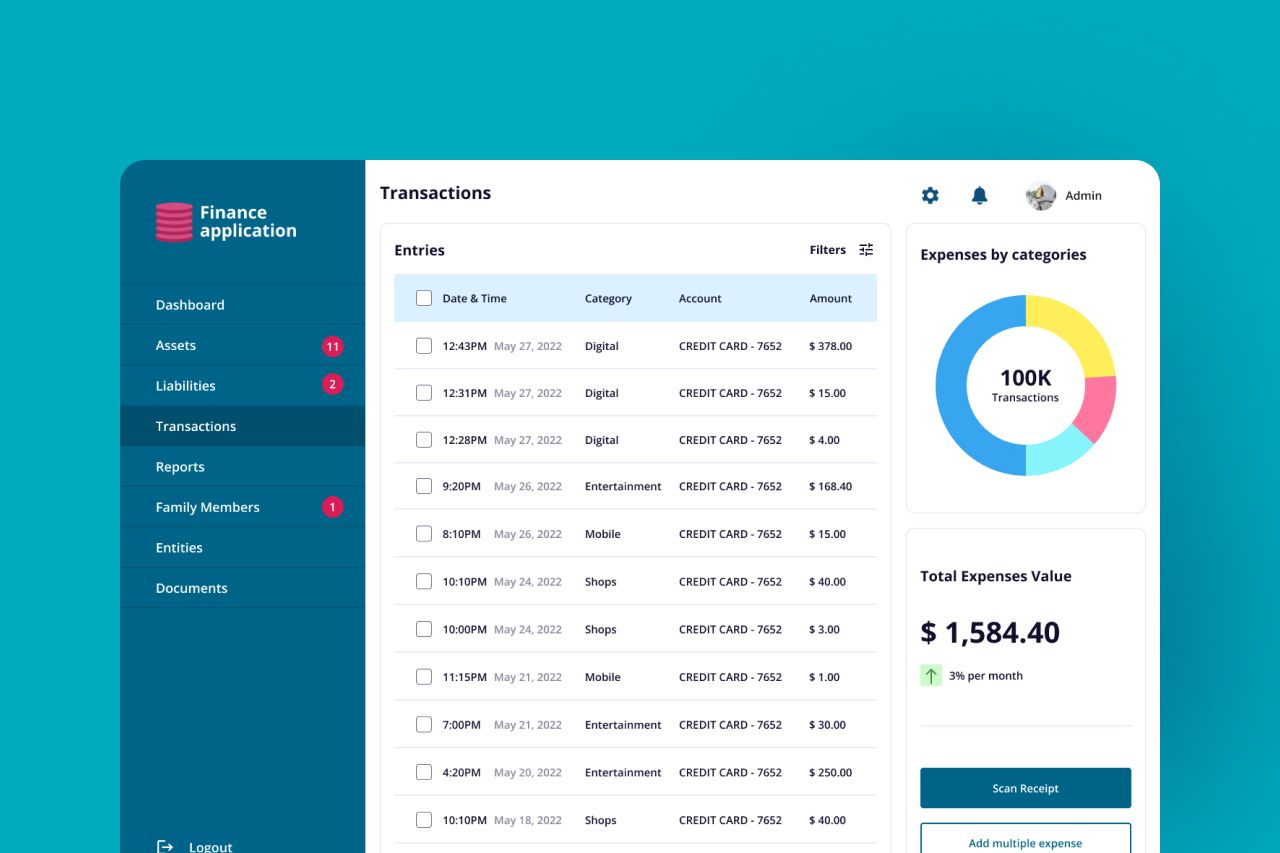
Wrapping Up
The cost of software development in 2025 continues to evolve — shaped by AI-driven efficiency, global talent distribution, and the rise of flexible engagement models. While prices vary based on technology, complexity, and location, smart planning and the right partnership make all the difference between overspending and optimizing value.
At Fively, we combine technical expertise, transparent pricing, and business-first thinking to deliver scalable software solutions — from MVPs to enterprise platforms. Whether you choose a fixed-price model for predictability, an hourly rate for flexibility, or a dedicated team for long-term growth, our approach ensures maximum efficiency and minimal waste.
If you’re ready to estimate your next project and bring your idea to life, Fively is the partner you can trust to make every dollar of your software investment count.
Frequently Asked Questions
Average software development cost in 2025 can range from $15,000 to over $300,000, depending on the project’s complexity, technology stack, team size, and development team’s location. A small MVP or web app may cost $15,000–$40,000, while enterprise-grade solutions or AI-integrated systems could cost $200,000. The best approach is to discuss your goals with a reliable partner like Fively to receive a precise estimate tailored to your needs.
The main cost drivers include application type, architecture, technology stack, design complexity, team composition, and region-based hourly rates. Other important elements are the collaboration model (fixed-price, hourly, or dedicated team) and ongoing support after launch. Each of these influences both the research and development costs cost and long-term maintenance expenses.
Yes, by planning strategically. Start with an MVP, use open-source tools, limit unnecessary third-party integrations, and focus on essential features first. Partnering with an experienced outsourcing company like Fively also helps optimize costs, since you gain access to top-tier talent, proven workflows, and scalable engagement models without the overhead of an in-house team.
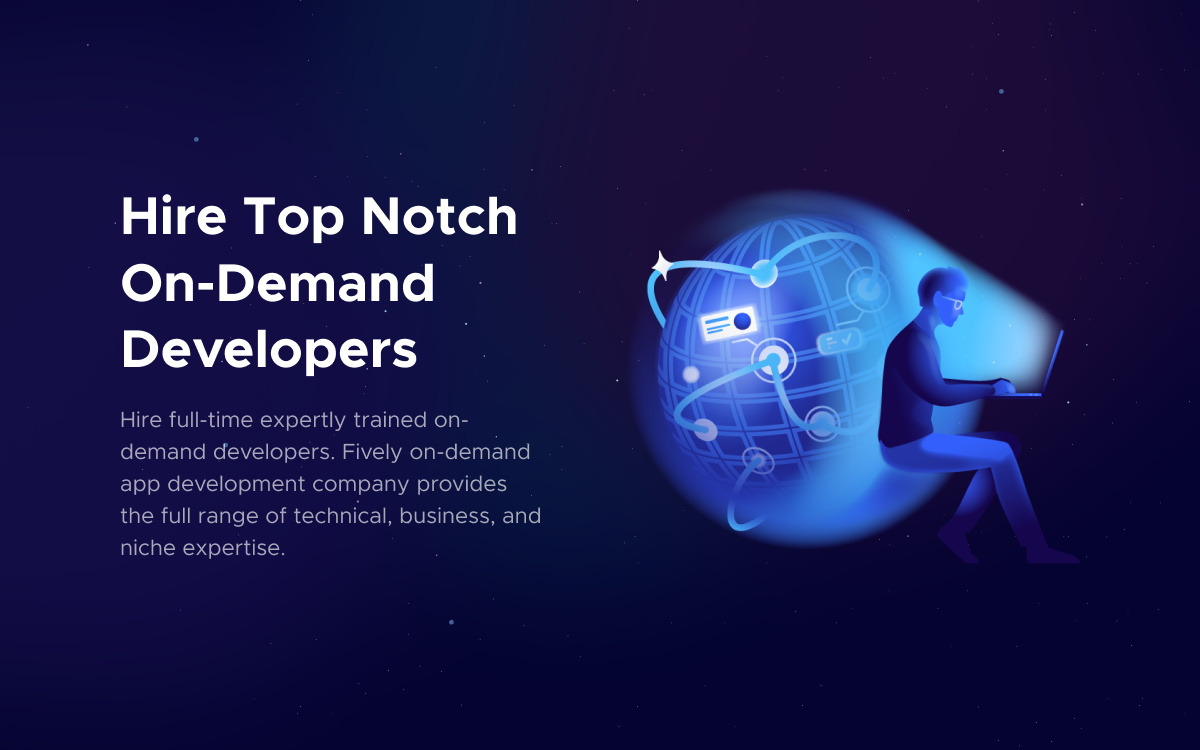
Need Help With A Project?
Drop us a line, let’s arrange a discussion




